How to make Vegan Pan de Queso (Vegan Cheese Bread)
This recipe could have affiliate links. For more information visit this link .
Vegan Pan de Queso is a gluten-free bread made with Tapioca flour, the starch from cassava, a tuber that grows in tropical zones and is the key ingredient to make Vegan Cheese Bread
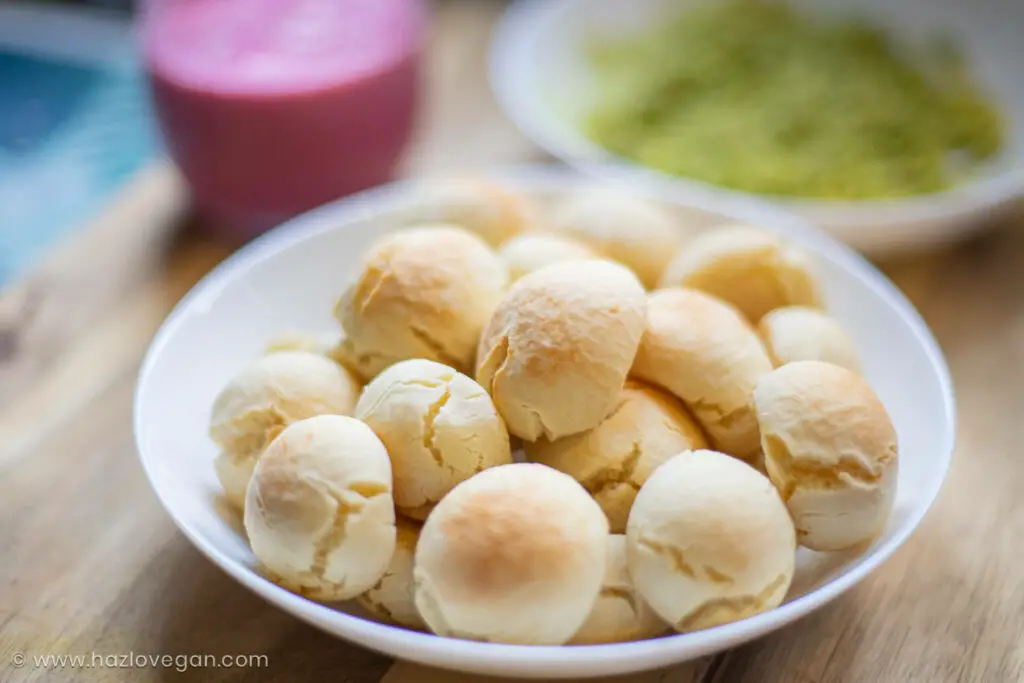
This post is also available in: Español
What is Vegan Pan de Queso?
The very popular Pan de Yuca in Ecuador, also called Pan de Queso (cheese bread) in Chile, Pan de Bono in Colombia, Pão de Queijo in Brazil, Chipá in Paraguay and northern Argentina is made with tapioca flour, the starch obtained from cassava, a tuber that grows easily in warm tropical regions and that will be key to our Vegan Pan de Queso recipe:

Cassava
Surely sometime in your life, you have seen this tuber in exotic fruit stores without knowing what it’s or how to use it. In Ecuador it was widely used in typical dishes in the same way that potatoes would be used in soups, fried as an accompaniment, as chips and as starch in the preparation of various types of rolls such as buñuelos, muchines and the already mentioned, very popular Pan de Yuca. It’s a gluten-free starch, which is why it has become popular in the last decade, increasing its availability in continents where it was not used or known before, such as Europe and North America.
Latina Nostalgia
Pan de Queso is a snack that accompanied all my childhood, there were specialized chains that sold them by units together with smoothies based on frozen yogurt (yogurt slushies) with local fruits such as Andean blackberry, naranjilla or lulo, passion fruit, tomatillo, strawberry so it was always on my mind to make this vegan pan de queso recipe. I pictured out together with corn tortillas, another snack popularly consumed accompanied by yogurt, but I’ll leave that for another recipe.
Throughout my life, after moving to Chile, at home we continue to search incessantly for tapioca flour to prepare them from time to time. Later in Santiago, I found it much easier thanks to the Vega Central, in Peruvian businesses or in roasteries; When we moved to Italy, I thought it would be impossible, but in ethnic businesses I kept getting my precious tapioca flour and fresh cassava.
Cheese bread without cheese, is that possible?
Sure it is!
It’s important to mention that this bread, like most Ecuadorian and Latin American preparations, calls for cheese as the main ingredient, which was not a problem during my years as a vegetarian, but it did become a challenge when we became vegan, a challenge that I was willing to accept, because veganism doesn’t mean giving up your favorite preparations, but adapting them with some creativity and experimentation to achieve an almost perfect result, identical to the original or sometimes better and healthier. You can check also my Empanadas, made using homemade vegan cheese.
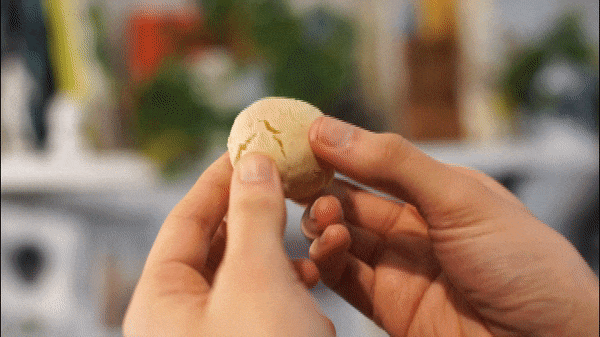
The ingredients to use for the Vegan Pan de Queso
Tapioca flour or Tapioca starch
Tapioca flour is a fine white powder with the same appearance as cornstarch but with a different aroma and texture when cooked. The main difference with cassava flour is that the flour is made with the whole cassava root, instead of only the starch. The starch gives great elasticity, for that reason it’s currently widely used in melting vegan cheese recipes.
One of the characteristics of Pan de queso is precisely a harder and cracked crust and an interior that resembles melted cheese, which although in the original recipe it’s believed is obtained by the cheese it contains, but actually it’s a property of the starch itself when warmed up ?.
It’s found in a sweet and sour version, I have tried both and for vegan pan de queso the sweet option is better, although I have not been able to notice the difference too much, when in doubt, a mixture of both is a good idea, the acidity of the starch can counteract the absence of cheese.
Are Tapioca flour and Cassava flour the same?

While Tapioca flour and tapioca starch are the same, Cassava flour is not. Cassava flour is made from the whole tuber, while tapioca flour is just the extracted starch. You can see the clear difference between the two in the picture above. Yes, I’ve tried to use cassava flour for this recipe, and yes it was a complete FAIL, so bitter. YOU ARE WARNED!
Dehydrated mashed potatoes
The dehydrated mashed potatoes will serve to bind this mass, it fulfills to some extent the role of the melted cheese and the egg that it originally carried.
Nutritional yeast
The nutritional yeast is what will give the cheese flavor or the depth of flavor that this gives to the preparations. It’s very important in this recipe, so I do not recommend leaving it out or it could affect the characteristic flavor of this bread.
Margarine or refined coconut oil (unflavored)
This ingredient is what will give the fatty element to the vegan pan de queso recipe that will help bind to make it smoother and more moist. It’s advisable to use a hard fat, since it will help the texture of the dough when it cools to be manipulable, with liquid oils it could be too soft and not very manageable with the same proportions.
The amount of water could be adjusted to counteract the liquid but it could affect the final texture of the dough, thus leaving it a bit dry. But, experience your own version and let me know the results!
Baking powder
This will make the buns grow in size and become fluffy when baking, it’s also very important for the texture because without this you will get more compact loaves with less air.
Important note about the recipe
For this recipe for pan de queso, as for all, I strongly recommend having one with a digital kitchen scale, it doesn’t have to be professional, a cheap one will be enough, as well as measuring cups and spoons. Since what we know as measure in cups, it’s too subjective.
There are thousands of different types of cups with different capacities and it’s very difficult to calculate how full a spoon has to be to consider it “a tablespoon” and a tablespoon of flour does not weigh the same as one of water, for this and much more, to increase the success in recipes, it’s more than necessary to have universal units of measure or everything could fail without knowing the reason.
I hope you’ve enjoyed this recipe, you can check also this recipe made with vegan cheese:
Vegan Pan de Queso (Vegan Cheese Bread)
Equipment
Ingredients
- 230 g tapioca flour
- 8 g salt
- 40 g dehydrated mashed potatoes
- 300 ml hot water
- 50 g vegan margarine or refined coconut oil
- 15 g nutritional yeast
- 1 tsp baking powder
- ¼ tsp white miso Optional
Instructions
- In a bowl dissolve the dehydrated puree with the hot water until obtaining a fairly watery puree.
- Add the margarine (or oil) that will melt with the hot mixture, salt and nutritional yeast.
- Mix the tapioca flour with the baking powder and add to the previous mixture until you obtain a smooth and soft dough that could even become a bit chewy, because the starch begins to take temperature.
- Let stand in the refrigerator for 15 minutes or in the freezer for 5 minutes.
- Preheat the oven for a minimum of 10 minutes at 180º Celsius (356 F).
- Take the dough out of the refrigerator and with oiled hands form small balls of 3 cm in diameter and place it on a plate with non-stick mat or baking paper.
- Bake for 25-30 minutes until the buns begin to brown slightly on the surface, they should be soft when pressed and with a cracked outer layer.
- Take out of the oven and consume hot accompanied by chili sauce, pebre or just vegan margarine. They are amazing ?
Notes
- You can freeze these raw buns after shaping them, arranging them on a tray in the freezer well spaced for half an hour and when they're firm keep them in a freezer bag, this so that they don't stick together and it's easy to take them out of the freezer to bake them when you need them.
- From this recipe you get 24 breads, 52 calories each, but you can't eat just one anyway ?
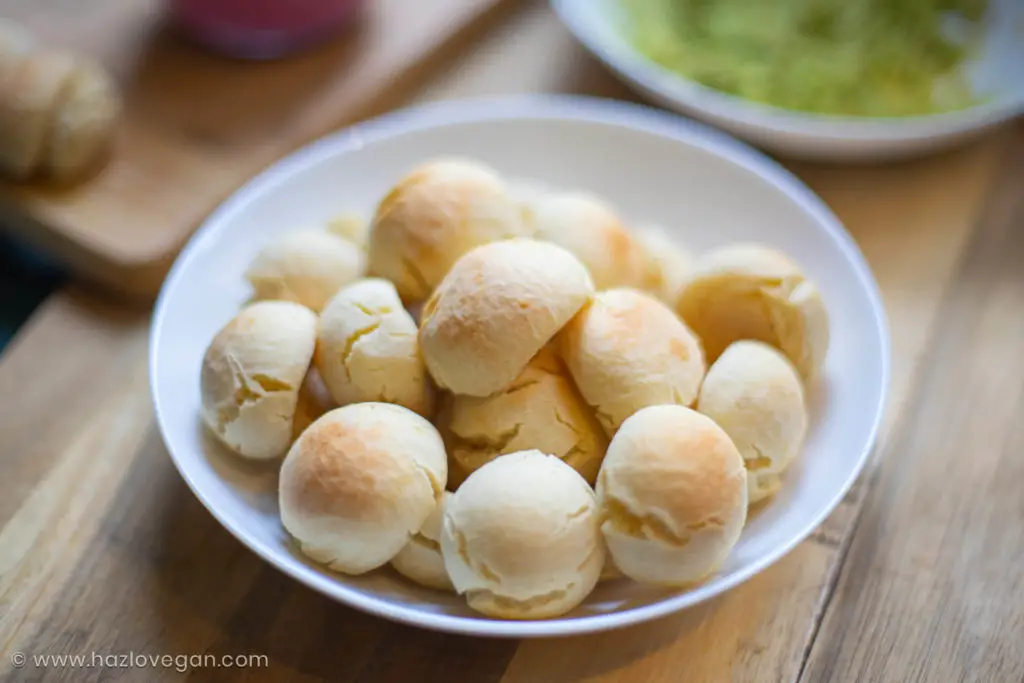
Nutrition
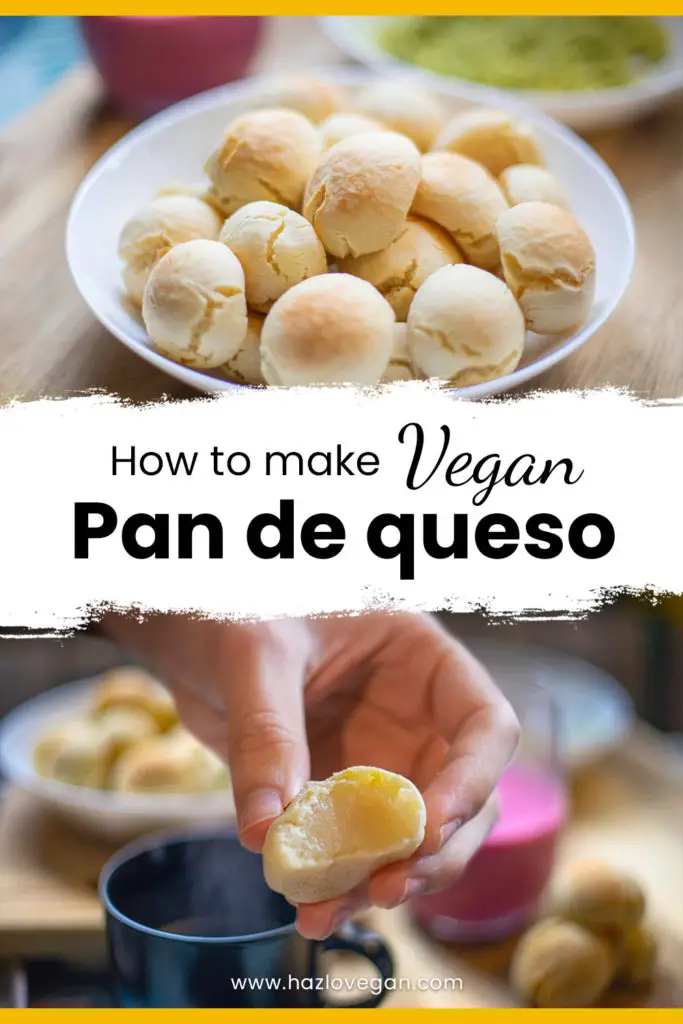
Thank you very much for reading Hazlo Vegan, if you want to be up to date with the recipes you can subscribe in the form on the sidebar to receive them periodically in your mail, you can also comment and follow me on Instagram and Pinterest. If you make any of these recipes, don’t forget to upload a photo to show the world what vegans eat, using the hashtag #hazlovegan and mentioning me as @hazlovegan to check them out.
This post is also available in: Español


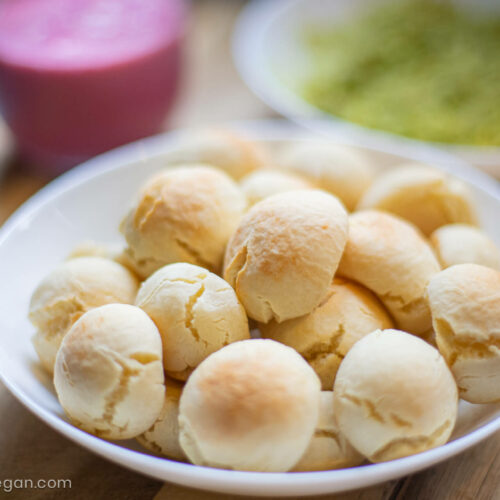
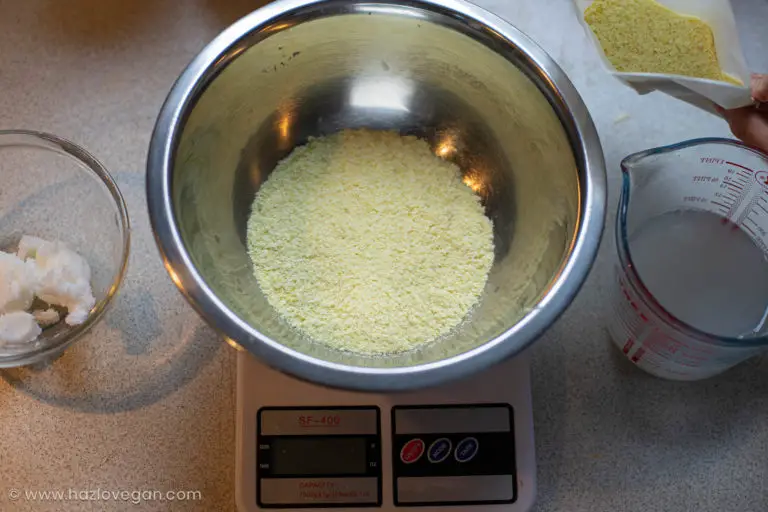
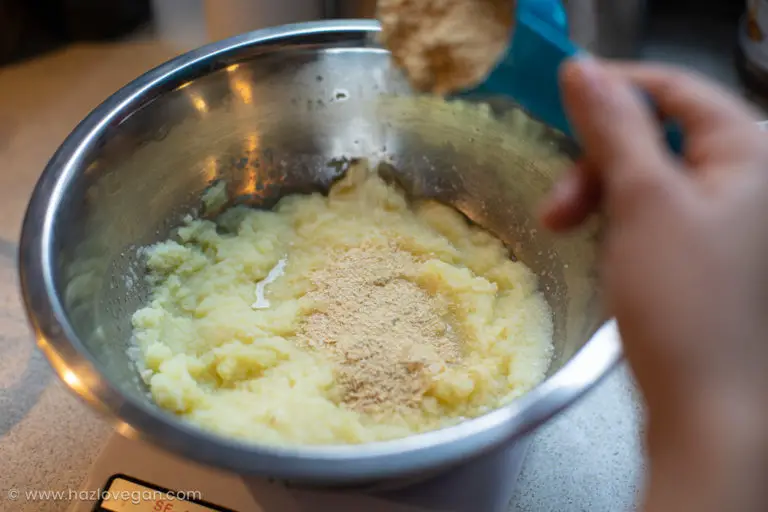
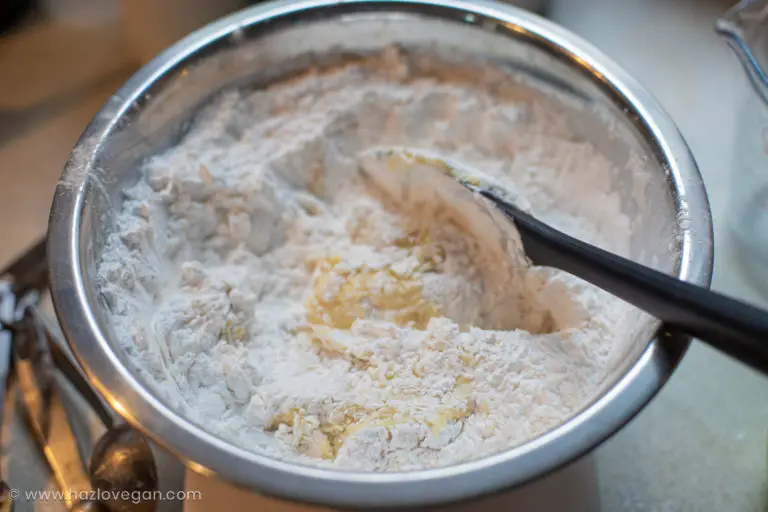
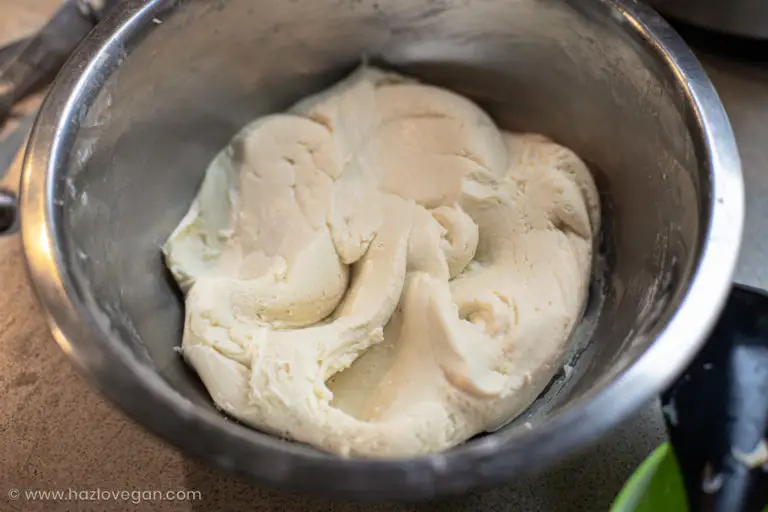
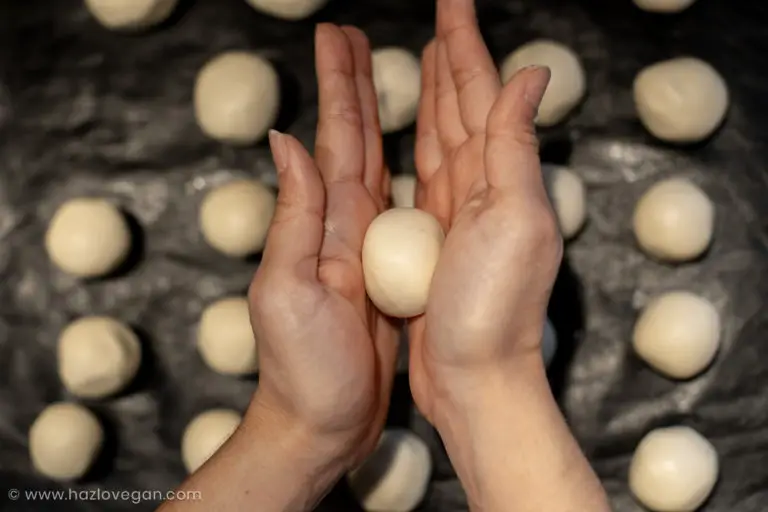
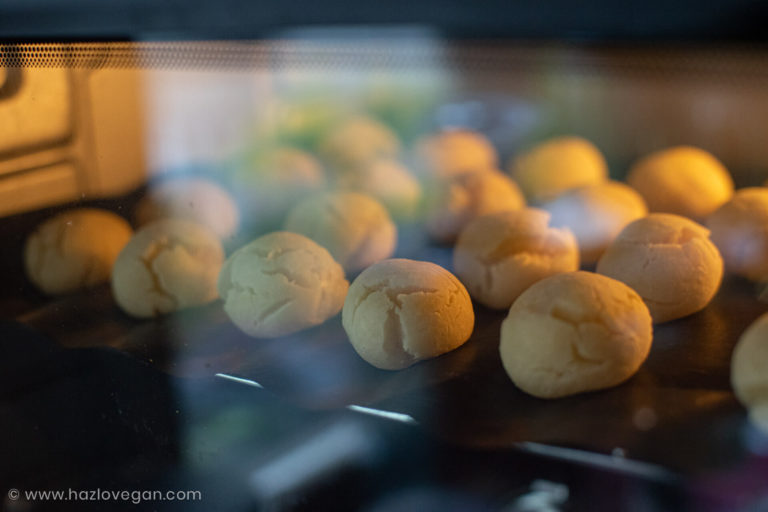
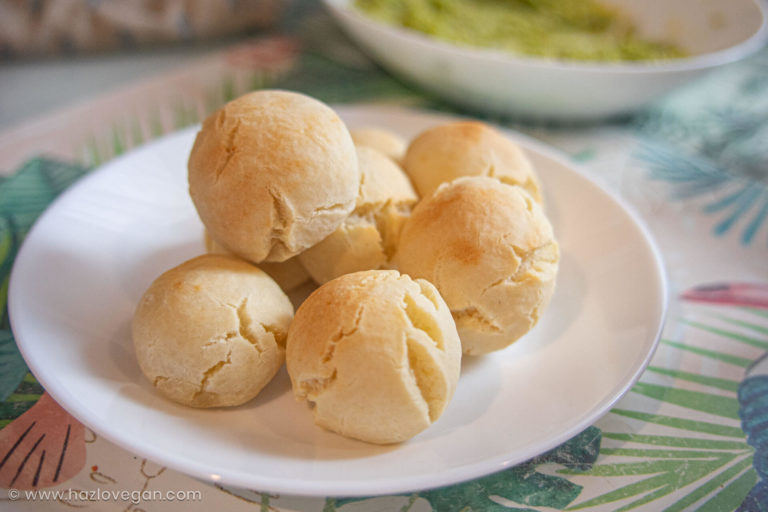


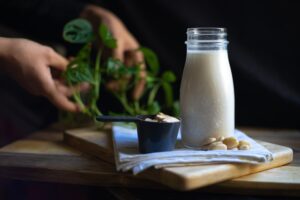
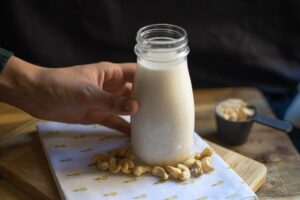

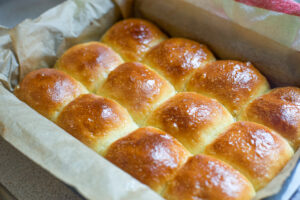
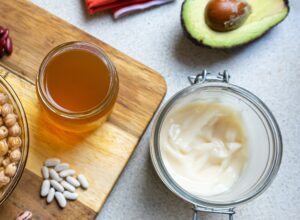




Susan, your recipe is amazing. Congratulations!
Hiya, so I’m just a little confused in regards to the starch vs flour. You ended it with a warning if using the flour (which will end with bitter results) vs the starch. But then the recipe says to use flour? I have a bag of tapioca flour but it says it’s extracted starch and it looks like well starch, not flour. So is that the correct one to use or the one not to use? I’m trying out half of recipe now and it’s not bitter tasting, only a bit soft, so I’m going to leave it longer in the fridge.. Thank you
Hello! Sorry for the confusion! If your flour says it is extracted starch, then this is exactly what you need for this recipe. In USA, tapioca starch and tapioca flour are the same. Is cassava flour the one is coarse and brown, completely a different product. I will try to fix the recipe to clarify this better. Thank you very much for your insights! I really hope your pan de queso comes out great.
Hello, I’ve tried this recipe 3 times, and still it’s not turned out the way it’s supposed to. It’s taken me that many times to figure out what’s not working. I think the amount of water you specify is either way too much, or the amount of dehydrated potato way too little? The first two times i tried, i ended up with a soup- not a dough. That 2nd time i tried adding more tapioca flour, and it still wasn’t anything like a dough. I got so exasperated i threw it down the sink and tried one more time (3rd attempt). This time i reduced the water somewhat. It was better, but still not enough, still added more tapioca flour, and i will likely end up with less-flavored discs than balls. Maybe instead, you need to specify that you add * some* of that hot water *until* you reach that “watery puree?” I probably added about 200ml of the water and still that was too much. And then, maybe instead of added the tapioca to the puree, what about the other way around – gradually adding the puree to the tapioca until it seems like you get a proper dough? I want to get it right, but at this point i don’t even have enough tapioca flour to try a 4th time…